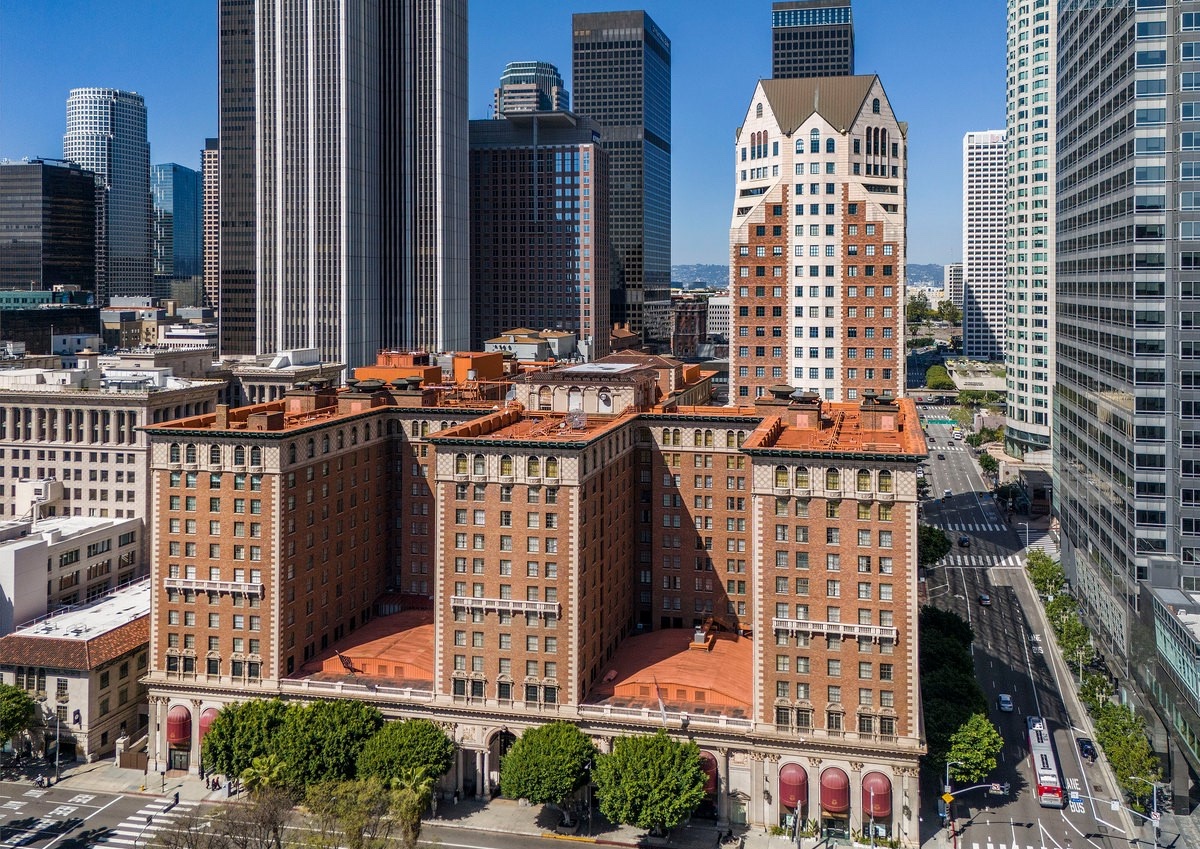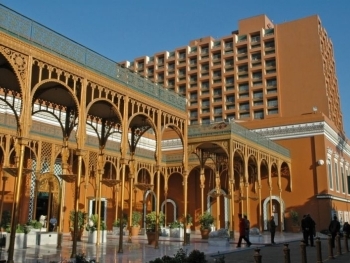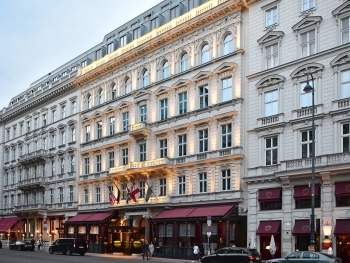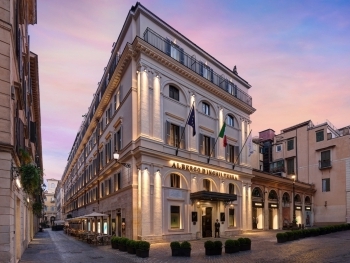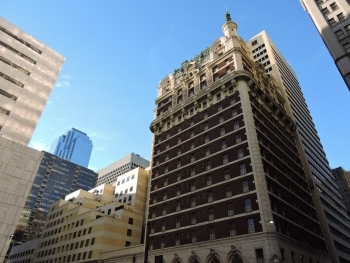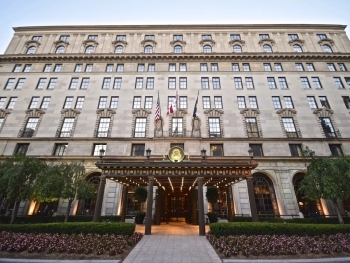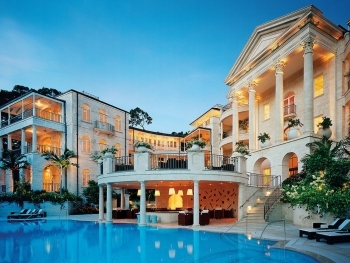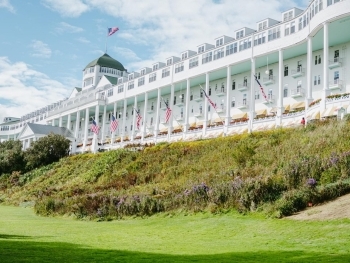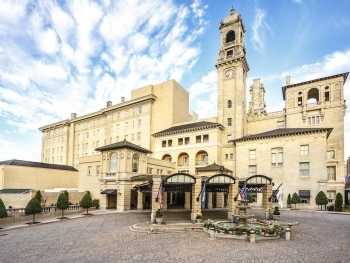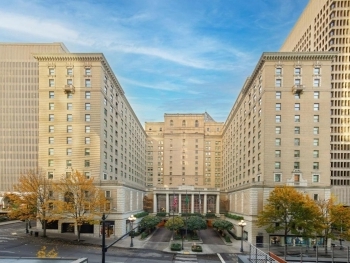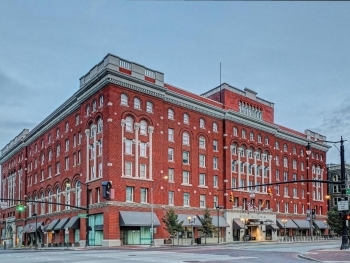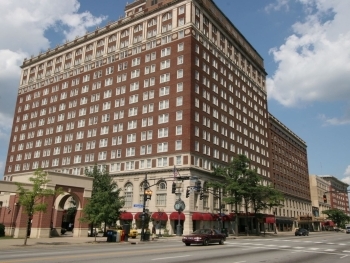The Biltmore Los Angeles, officially known as the Millennium Biltmore Hotel, is one of the most iconic and historic hotels in the United States. Located in the heart of downtown Los Angeles, this luxurious hotel has been a significant landmark since its opening in 1923. With its opulent architecture, rich history, and cultural significance, The Biltmore Los Angeles stands as a testament to the grandeur and elegance of early 20th-century American hospitality.
Historical Background
Construction and Early Years
The Biltmore Hotel was designed by the renowned architectural firm Schultze & Weaver, who were also responsible for other iconic structures such as the Waldorf Astoria in New York. Construction began in 1921, and the hotel officially opened its doors on October 2, 1923. At the time of its opening, it was the largest hotel west of Chicago, boasting 1,500 guest rooms and unparalleled luxury.
The hotel's architecture is a blend of Beaux-Arts, Spanish-Italian Renaissance, and Mediterranean Revival styles. The elaborate interiors feature frescoed ceilings, carved marble fountains, and crystal chandeliers, creating an atmosphere of opulence and grandeur that has captivated guests for decades.
Hollywood's Playground
During the Golden Age of Hollywood, The Biltmore became a favorite haunt for celebrities, film producers, and directors. The hotel hosted several Academy Awards ceremonies in the 1930s and 1940s, cementing its status as a central hub for the entertainment industry. The grandeur of the Biltmore's Crystal Ballroom, with its stunning frescoes and crystal chandeliers, provided a glamorous backdrop for these prestigious events.
Architectural Marvel
Exterior
The Biltmore's exterior is characterized by its impressive Italian-Renaissance facade, which includes intricate terracotta reliefs and a grand, arched entrance. The entrance is framed by elegant Corinthian columns and adorned with decorative motifs, setting the tone for the lavish interiors that await guests inside.
Interior
The interior of The Biltmore is a masterpiece of design and craftsmanship. Upon entering the hotel, guests are greeted by the stunning lobby, known as the "Galleria." The Galleria features a vaulted, hand-painted ceiling that depicts allegorical scenes and historical figures, reminiscent of an Italian cathedral. The lobby's opulent decor is further enhanced by marble columns, elaborate chandeliers, and plush furnishings.
One of the most iconic spaces within The Biltmore is the Crystal Ballroom. This magnificent venue features a 30-foot ceiling adorned with frescoes, a marble fountain, and enormous crystal chandeliers. The ballroom has hosted numerous high-profile events over the years, including the early Academy Awards ceremonies.
Another notable space is the Rendezvous Court, originally the hotel's main lobby. The Rendezvous Court is characterized by its Spanish-Italian Renaissance design, with a stunning double-height ceiling, a grand staircase, and a charming fountain. This area now serves as a popular spot for afternoon tea and social gatherings.
Cultural Significance
Film and Television
The Biltmore Los Angeles has played a significant role in the film and television industry. Its lavish interiors and historic charm have made it a popular filming location for numerous movies and TV shows. Notable films shot at The Biltmore include "Ghostbusters," "Beverly Hills Cop," and "Fight Club." The hotel's distinctive architecture and timeless elegance have made it an ideal setting for both contemporary and period productions.
Art and Design
The hotel's art and design elements have been meticulously preserved and restored over the years. The frescoes, murals, and intricate woodwork found throughout the hotel are a testament to the craftsmanship of the early 20th century. The Biltmore's commitment to preserving its artistic heritage has made it a favorite subject for art historians and architecture enthusiasts.
Modern Amenities and Accommodations
Despite its historic charm, The Biltmore Los Angeles offers modern amenities and accommodations to meet the needs of contemporary travelers. The hotel features 683 guest rooms and suites, each designed to provide comfort and luxury. The rooms are elegantly appointed with modern furnishings, high-quality linens, and state-of-the-art technology.
Dining and Entertainment
The Biltmore offers a variety of dining options to cater to diverse tastes. The hotel's signature restaurant, Smeraldi's, named after the Italian artist Giovanni Smeraldi who painted many of the hotel's frescoes, serves Italian cuisine in an elegant setting. The Gallery Bar and Cognac Room, known for its classic cocktails and sophisticated ambiance, provides a perfect spot for socializing and relaxation.
Meetings and Events
With over 70,000 square feet of event space, The Biltmore is a premier destination for meetings, conferences, and social events. The hotel's ballrooms and meeting rooms are equipped with modern technology and can accommodate events of various sizes. The historic charm and grandeur of these spaces add a unique and memorable touch to any event.
Preservation and Legacy
Over the years, The Biltmore Los Angeles has undergone several renovations and restorations to preserve its historic integrity while incorporating modern conveniences. The hotel's commitment to maintaining its architectural and cultural heritage has earned it a place on the National Register of Historic Places.
The Biltmore continues to be a symbol of luxury and elegance in Los Angeles. Its rich history, architectural splendor, and cultural significance make it a beloved landmark in the city. Whether hosting glamorous events, serving as a backdrop for films, or providing luxurious accommodations, The Biltmore remains an enduring icon of hospitality and sophistication.
The Biltmore Los Angeles is a living piece of history that has witnessed the evolution of Los Angeles and the entertainment industry. Its architectural beauty, cultural significance, and commitment to preserving its heritage make it a treasured landmark. As it continues to welcome guests from around the world, The Biltmore stands as a testament to the timeless elegance and grandeur of early 20th-century American hospitality.
